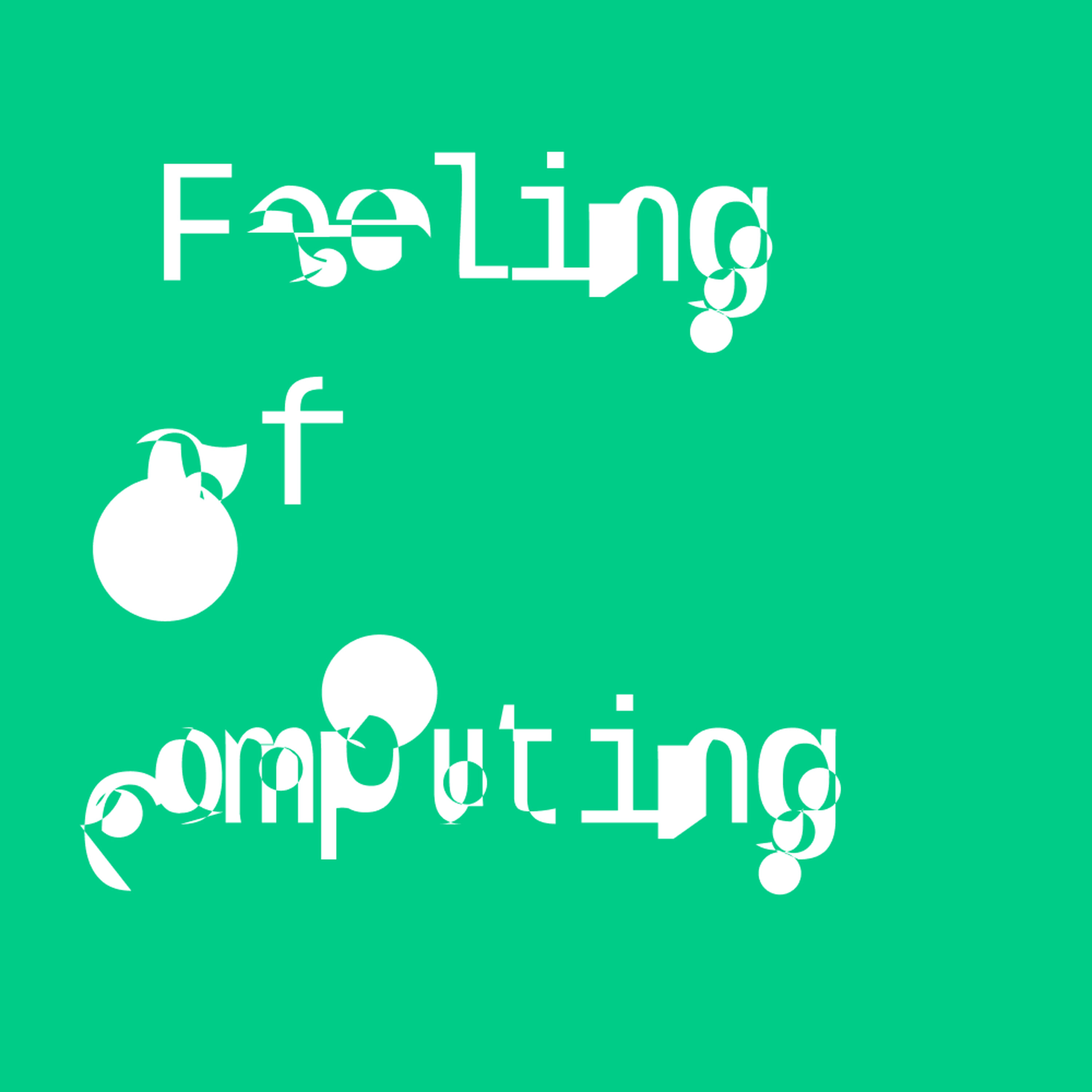- Technology
- SEE MORE
- classical
- general
- talk
- News
- Family
- Bürgerfunk
- pop
- Islam
- soul
- jazz
- Comedy
- humor
- wissenschaft
- opera
- baroque
- gesellschaft
- theater
- Local
- alternative
- electro
- rock
- rap
- lifestyle
- Music
- como
- RNE
- ballads
- greek
- Buddhism
- deportes
- christian
- piano
- djs
- Dance
- dutch
- flamenco
- social
- hope
- christian rock
- academia
- afrique
- Business
- musique
- ελληνική-μουσική
- religion
- World radio
- Zarzuela
- travel
- World
- NFL
- media
- Art
- public
- Sports
- Gospel
- st.
- baptist
- Leisure
- Kids & Family
- musical
- club
- Culture
- Health & Fitness
- True Crime
- Fiction
- children
- Society & Culture
- TV & Film
- gold
- kunst
- música
- gay
- Natural
- a
- francais
- bach
- economics
- kultur
- evangelical
- tech
- Opinion
- Government
- gaming
- College
- technik
- History
- Jesus
- Health
- movies
- radio
- services
- Church
- podcast
- Education
- international
- Transportation
- Other
- kids
- podcasts
- philadelphia
- Noticias
- love
- sport
- Salud
- film
- and
- 4chan
- Disco
- Stories
- fashion
- Arts
- interviews
- hardstyle
- entertainment
- humour
- medieval
- literature
- alma
- Cultura
- video
- TV
- Science
- en
Worse is Better by Richard P. Gabriel

b'
Following our previous episode on Richard P. Gabriel\'s Incommensurability paper, we\'re back for round two with an analysis of what we\'ve dubbed the Worse is Better family of thought products:
\\n- \\n
- The Rise of Worse Is Better by Richard P. Gabriel \\n
- Worse is Better is Worse by Nickieben Bourbaki \\n
- Is Worse Really Better? by Richard P. Gabriel \\n
Next episode, we\'ve got a recent work by a real up-and-comer in the field. While you may not have heard of him yet, he\'s a promising young lad who\'s sure to become a household name.
\\n- \\n
- Magic Ink by Bret Victor \\n
Links
\\n- \\n
- \\n
The JIT entitlement on iOS is a thing that exists now.
\\n \\n - \\n
Please, call me Nickieben \\u2014 Mr. Bourbaki is my father.
\\n \\n - \\n\\n \\n
- \\n
Electron lets you build cross-platform apps using web technologies. The apps you build in it are, arguably, doing a bit of "worse is better" when compared to equivalent native apps.
\\n \\n - \\n
Bun is a new JS runner that competes somewhat with NodeJS and Deno, and is arguably an example of "worse is better".
\\n \\n - \\n
esbuild and swc are JS build tools, and are compared to the earlier Babel.
\\n \\n - \\n
The graphs showing the relative lack of churn in Clojure\'s source code came from Rich Hickey\'s A History of Clojure talk. To see those graphs, head over to the FoC website for the expanded version of these show notes.
\\n \\n - Some thoughts about wormholes. \\n
futureofcoding.org/episodes/059
See omnystudio.com/listener for privacy information.
'